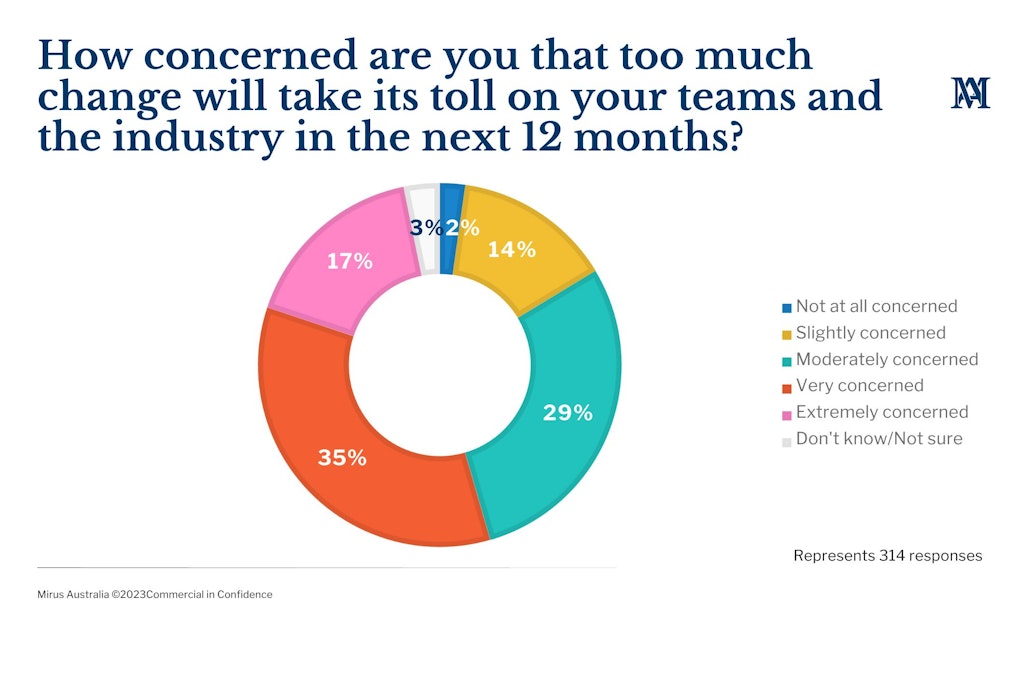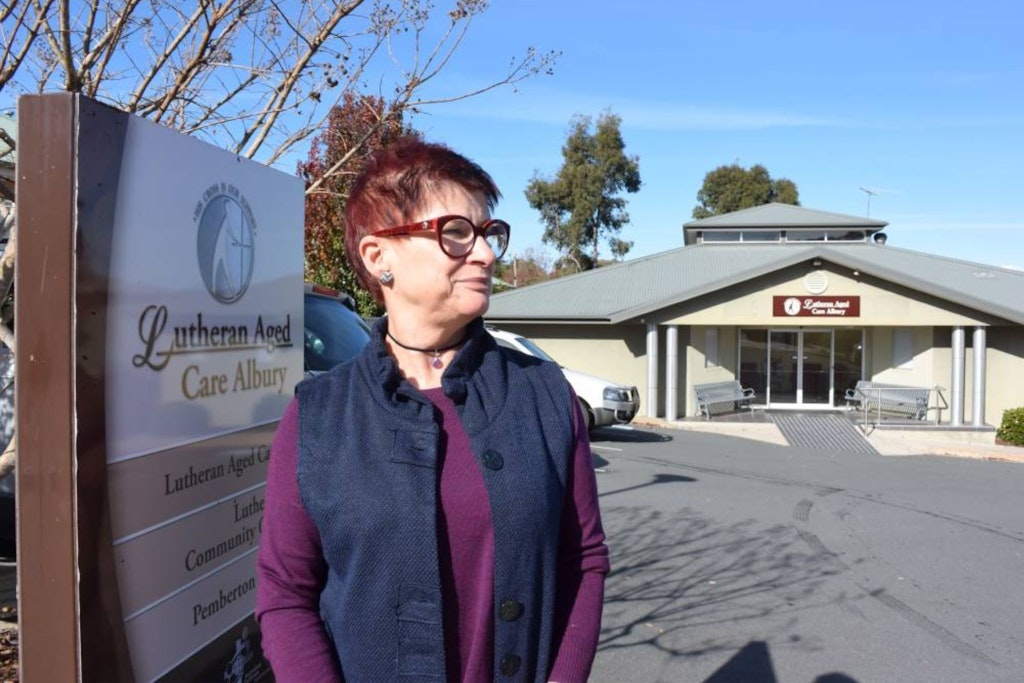Aged care reforms bring optimism – and uncertainty – to the sector
Published on 1 August 2023

With the aged care sector ripe for more change over the coming months – and years – industry leaders have shared their thoughts on where the focus should be during Mirus Australia’s most recent webinar.
As highlighted by Mirus, a long list of reforms will be implemented over the next two years, including mandatory care minute quotas, a new assessment system, national worker screening and a new Aged Care Act. Each reform is a major change on its own, let alone all together.
There is a financial burden on providers who are planning for the impending activity, including Lucy O’Flaherty, Chief Executive Officer (CEO) at Columbia Aged Care. She said their existing budget is by no means based on precise financial expectations given the state of flux the sector is in.
“We haven’t had a budget the last few years because it just has not been practical to manage a budget. We’ve put a budget in place this year and we are optimistic but we have caveats in place because there are so many assumptions we’ve made that until they’re about six months in we won’t be able to test them,” Ms O’Flaherty said.
Key takeaways
- Mirus Australia, a provider of aged care consulting and software solutions, released findings from its FY24 Preview – 283 aged care leaders from 167 organisations were surveyed
- The majority of respondents (52%) are very-to-extremely concerned that too much change within the sector will have a negative impact over the next 12 months
- Just 14% feel highly comfortable managing change, with 57% reporting they feel moderately comfortable with enough knowledge and resources to adapt
- There’s doubt over the impact of aged care reforms with 15% of respondents showing no confidence regarding improvements, while only 10% are very or extremely confident
Optimism might be aged care’s top keyword. Tyler Fisher, Mirus Senior Manager Data and Analytics, pitched the current financial year as the “year of profitability” although he acknowledged many would be aiming for sustainability as a pass mark.
“There have been some major acquisitions recently, along with many more minor ones. We’ve also been hearing about services closing. They’re citing challenges brought on by heightened regulatory requirements and tightened subsidy margins,” Mr Fisher said.
With the threat of closure looming for some, what is the next step for those within the industry? Wendy Rocks, Managing Director at Lutheran Aged Care Albury, said redevelopment has saved their largest site, The Dellacourt, but it will be hard for everyone to meet modern standards without the right industry tools.
“Until we have systems which can produce data seamlessly it’s very hard to meet compliance and to produce data you can rely on for decision making. [Existing technology] has helped us to come through an incredibly difficult time to have systems we can rely upon and with some workarounds give us the data we need,” Ms Rocks said.

“Through the AN-ACC and the care minutes, I welcome the information we now have to produce budgets. It’s a more scientific scenario than it used to be and we can look at that [data] and look ahead and we can be more confident. I’m not feeling as hopeless as I was. It’s been an incredibly awful and hard period for everyone but to see a little glimpse of hope is something.”
What will the next 12 months look like?
The average aged care provider won’t be looking at increased profit margins; subsidies will be scaled to suit care delivery and staffing costs exactly.
But as pointed out by Jason Binder, CEO and Managing Director at Respect, the sector still relies on old data even with the introduction of the Independent Health and Aged Care Pricing Authority (IHACPA). He said the sector won’t see true benefits until IHACPA actually sets prices.
“At the end of the day, it will be a year of uncertainty. When there’s uncertainty we can sit around and get worried about a boogie monster or we can do our best to figure out what’s coming up. For us, we’re just focusing on what we can control,” Mr Binder said.
What will that focus look like? Staff ratios as part of the care minute quota will be at the top of the list for Mr Binder and Respect’s 21 aged care homes.
“Staff costs have always been the biggest expense we’ve had. So ratios and how we manage that in relation to AN-ACC and the different classes [of funding]. We’re assessing whether we bother about increasing the AN-ACC or whether we just make our rosters flexible so no matter what the care minute [requirements] are we’re meeting those. We’re looking at all the dynamics and changes to see what’s the best approach,” he said.
Elsewhere, there is a focus on strengthening workforce numbers to reduce agency reliance, increased specialist training to support resident needs and general preparedness for the unknown.
One such concern is the incoming Support at Home Program, which has already seen its launch date delayed by two years to July 2025. Ms Rocks said the lack of clarity regarding what it will look like means it’s one of those ‘boogie men’ mentioned by Mr Binder and it’s safe to say the aged care sector doesn’t need a jump scare any time soon to impact provider confidence.